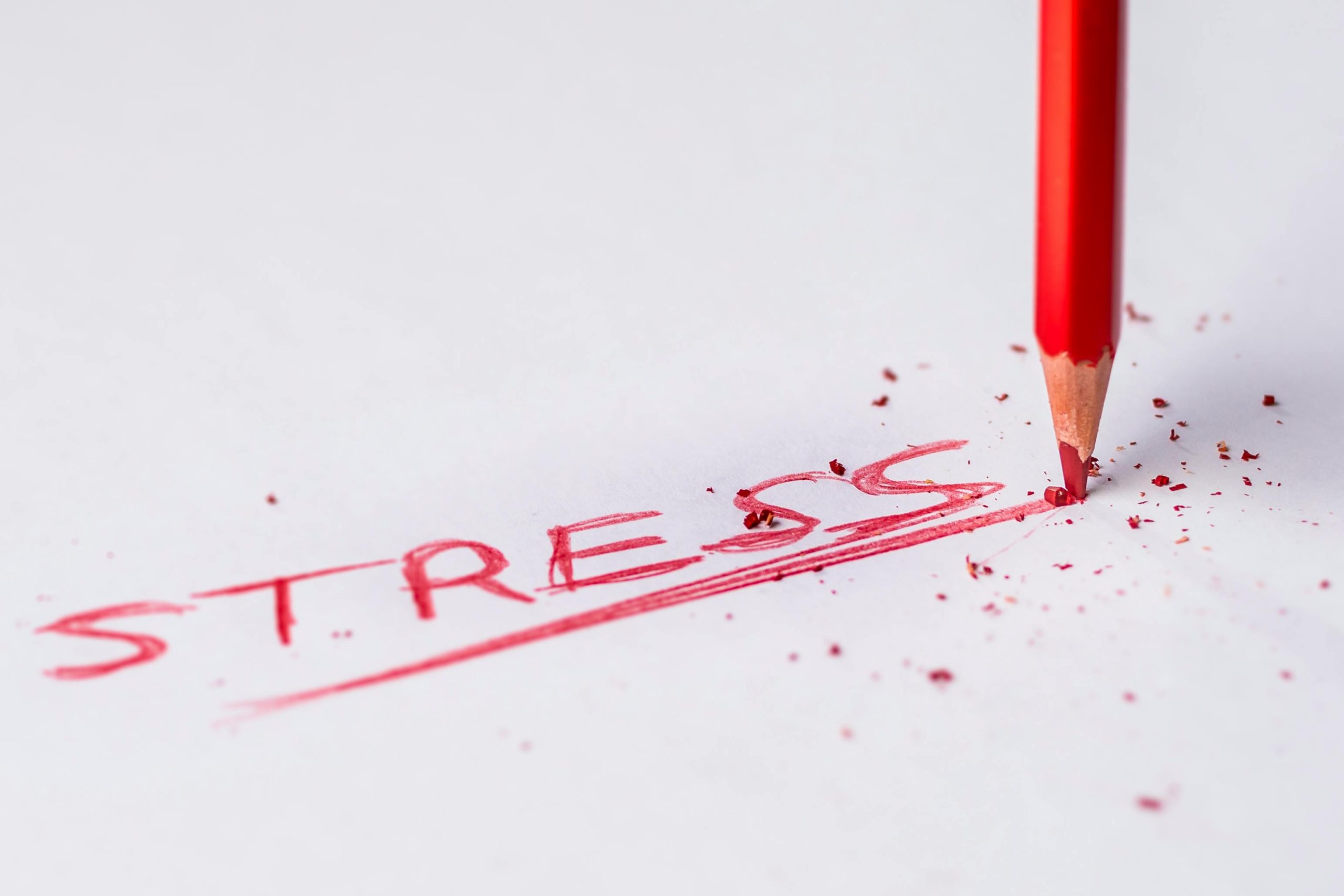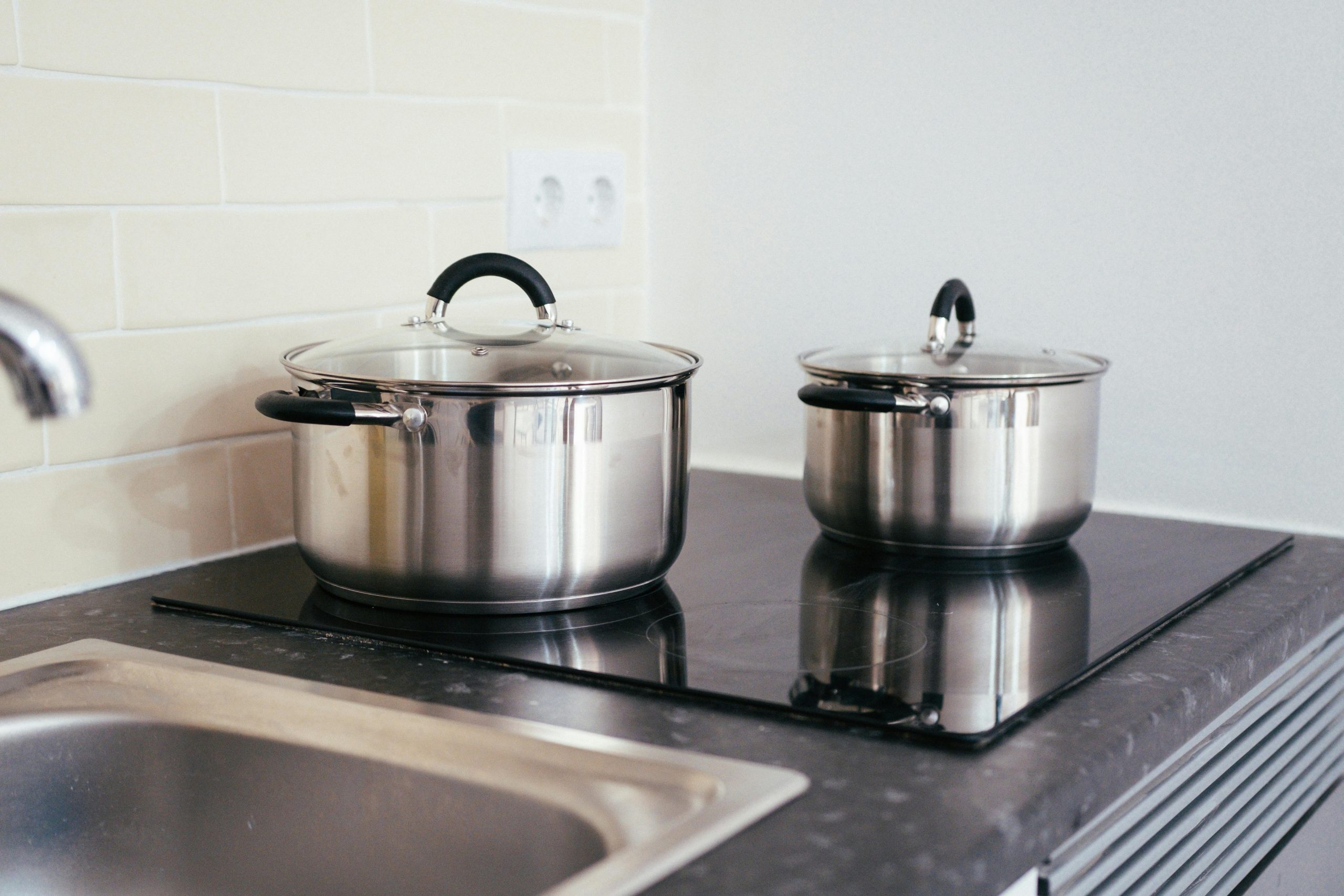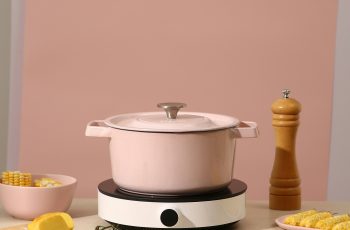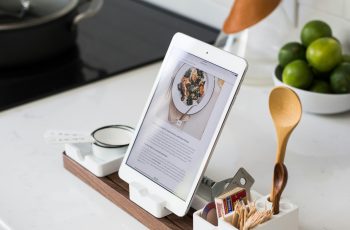Ad Blocker Detected
Our website is made possible by displaying online advertisements to our visitors. Please consider supporting us by disabling your ad blocker.
Cooking vegetables in a pressure cooker is a time-saving and convenient way to prepare a healthy meal. With its ability to cook food quickly while retaining nutrients, the pressure cooker has become a popular tool in many kitchens. However, there may be concerns about whether this cooking method is suitable for vegetables. In this article, we will explore the benefits and potential drawbacks of cooking vegetables in a pressure cooker, and provide you with valuable insights to help you make an informed decision for your culinary adventures.
Overview of Pressure Cooking
Pressure cooking is a cooking technique that involves using a sealed pot with a special valve to generate steam and create high pressure. This pressure raises the boiling point of water, allowing food to cook faster than traditional methods. Pressure cooking is a popular method for cooking a variety of dishes, including vegetables, soups, stews, and even desserts.
Definition of pressure cooking
Pressure cooking is a method of cooking that utilizes a sealed pot to create high pressure and temperature, resulting in faster cooking times and tender and flavorful meals.
Benefits of pressure cooking
Pressure cooking offers several benefits that make it a popular choice for many home cooks. Firstly, it significantly reduces cooking time compared to conventional methods. The high pressure and increased temperature allow food to cook in a fraction of the time needed for traditional cooking methods. Additionally, pressure cooking is energy-efficient, using less energy and saving on electricity or gas bills. Furthermore, pressure cooking helps retain the nutritional value of food by minimizing exposure to air and water, preserving essential vitamins and minerals.
Types of pressure cookers
There are various types of pressure cookers available in the market, each with its unique features and benefits. Stovetop pressure cookers are the traditional type that requires a heat source like a stovetop burner. Electric pressure cookers are another popular option, providing convenience and ease of use with programmable settings and digital controls. Additionally, there are also multi-cookers that combine the functions of pressure cooking, slow cooking, sautéing, and more, making them versatile kitchen appliances.
Effect of Pressure Cooking on Vegetables
When it comes to cooking vegetables, pressure cooking can have a significant impact on their texture, flavor, and nutritional value.
Nutritional impact on vegetables
Pressure cooking vegetables helps to retain their nutritional value by cooking them quickly and efficiently. The shorter cooking time helps preserve heat-sensitive vitamins like Vitamin C and B vitamins, which can be lost with prolonged cooking or exposure to high temperatures. Additionally, pressure cooking helps to break down tough fibers in vegetables, making them easier to digest and absorb nutrients.
Retained flavor and color
One of the advantages of pressure cooking vegetables is that it helps retain their natural flavors and vibrant colors. The sealed environment and faster cooking process help lock in the flavors and prevent them from escaping. This results in vegetables that are not only tender but also taste fresher and more vibrant.
Tenderizing effect on vegetables
Certain vegetables, especially tougher varieties, can benefit from the tenderizing effect of pressure cooking. The high pressure and heat help to break down the tough fibers in vegetables like root vegetables and leafy greens, resulting in a more tender and palatable texture. This is particularly useful when cooking vegetables for dishes like stews or curries, where the desired outcome is a soft and melt-in-your-mouth consistency.

Advantages of Cooking Vegetables in a Pressure Cooker
Pressure cooking vegetables offers numerous advantages that make it an attractive cooking method for busy individuals and health-conscious individuals.
Time-saving
One of the biggest benefits of cooking vegetables in a pressure cooker is the significant time savings it offers. Pressure cooking can cut down cooking times by up to 70%, allowing you to enjoy your favorite vegetables in a fraction of the time it would take with traditional cooking methods. This is particularly useful when preparing meals on busy weeknights or when you’re short on time.
Energy-efficient
Pressure cooking is also known for its energy efficiency. The reduced cooking time helps to conserve energy compared to longer cooking methods that require extended periods of heat. By using less electricity or gas, pressure cooking can help reduce your utility bills and make your cooking more environmentally friendly.
Preservation of nutrients
As mentioned earlier, pressure cooking helps preserve the nutritional value of vegetables by minimizing exposure to air and water. By cooking vegetables quickly and efficiently, pressure cooking helps retain essential vitamins, minerals, and antioxidants that may be lost with longer cooking times or higher temperatures. This makes pressure-cooked vegetables a healthier option compared to other cooking methods that can lead to nutrient loss.
Best Vegetables for Pressure Cooking
While pressure cooking is versatile enough to handle various vegetables, some vegetables are especially well-suited for this cooking method.
Hardy vegetables
Hardy vegetables like carrots, potatoes, and beets are excellent choices for pressure cooking. These vegetables hold up well under high pressure and heat, becoming tender and flavorful without losing their shape or turning mushy.
Root vegetables
Root vegetables such as turnips, parsnips, and radishes are another great option for pressure cooking. By applying pressure, these vegetables become soft and succulent, allowing their natural sweetness to shine through.
Leafy greens
Leafy greens like kale, spinach, and Swiss chard can also be pressure-cooked to perfection. The high pressure helps to break down their tough leaves and stems, resulting in tender and delicious greens that are quick and easy to prepare.

Preparing Vegetables for Pressure Cooking
Proper preparation of vegetables before pressure cooking is essential to ensure even cooking and optimal results.
Cutting and chopping techniques
When cutting vegetables for pressure cooking, it’s important to cut them into uniform sizes to ensure even cooking. This helps to avoid some pieces being overcooked while others remain undercooked. Cut the vegetables into similar-sized pieces, taking into consideration the cooking time required for each type of vegetable.
Proper cleaning and trimming
Before cooking, it’s necessary to properly clean and trim the vegetables. This involves removing any dirt, sand, or debris from the vegetables’ surfaces. Certain vegetables may also require trimming and removing any blemishes or tough parts before cooking. Proper cleaning and trimming ensure that your pressure-cooked vegetables are not only delicious but also safe to consume.
Cooking Time and Pressure Settings
Different vegetables require different cooking times and pressure settings to achieve the desired results. Here are some general guidelines to follow when pressure cooking vegetables:
General guidelines for cooking vegetables
Most vegetables require approximately 1 to 5 minutes of cooking time under pressure. The cooking time depends on the type of vegetable and the desired tenderness. It’s important to remember that cooking times may vary based on factors such as altitude and the size of the vegetable pieces.
Adjustments for different types of vegetables
Softer vegetables like leafy greens and mushrooms require shorter cooking times, typically around 1 to 3 minutes. Harder vegetables like root vegetables and dense squashes may need longer cooking times, ranging from 5 to 10 minutes. Additionally, it’s essential to adjust the pressure setting based on the vegetable’s cooking requirements, typically with low pressure for delicate vegetables and high pressure for sturdier ones.

Avoid Overcooking Vegetables
Overcooking vegetables can lead to loss of texture, flavor, and nutrients. To avoid this, it’s important to monitor the cooking time and use the correct pressure release technique.
Importance of monitoring cooking time
Since pressure cooking vegetables happens relatively quickly, it’s crucial to keep a close eye on the cooking time to prevent overcooking. Set a timer and be sure to release the pressure promptly once the cooking time has elapsed.
Quick pressure release technique
The quick pressure release technique is the preferred method for cooking vegetables. It involves manually releasing the pressure by using the pressure release valve or running cold water over the lid to quickly lower the temperature inside the cooker. This technique helps to stop the cooking process immediately, preventing the vegetables from becoming mushy or overcooked.
Creative Pressure Cooker Vegetable Recipes
Pressure cooking vegetables opens up a world of possibilities when it comes to creating delicious and nutritious meals. Here are a few creative recipes to inspire you:
Stir-fried vegetables
Pressure-cooked stir-fried vegetables are quick, easy, and packed with flavor. Simply sauté your favorite vegetables in the pressure cooker, add seasonings and sauces, and cook under pressure for a few minutes. The result is a vibrant and tasty dish that pairs well with rice, noodles, or protein.
Vegetable stews and soups
Pressure cookers are perfect for making hearty vegetable stews and soups. Combine your favorite vegetables, broth, and spices in the pressure cooker, and let it cook under pressure until the flavors meld together. The result is a comforting and flavorful dish that’s perfect for chilly days.
Vegetable curry
Create a flavorful and aromatic vegetable curry in the pressure cooker. Sauté onions, garlic, and spices, add vegetables like potatoes, carrots, and peas, and cook under pressure until tender. Serve the curry over rice or with naan bread for a satisfying and delicious meal.
Safety Tips for Pressure Cooking Vegetables
While pressure cooking is generally safe, it’s important to follow proper guidelines to ensure your safety in the kitchen.
Proper use and maintenance of pressure cooker
Read and follow the manufacturer’s instructions for your specific pressure cooker model. Ensure that the pressure release valve and sealing gasket are clean, in good condition, and functioning properly. Regularly check for any signs of wear and tear and replace any damaged parts promptly.
Preventing steam burns
When releasing the pressure from the cooker, always ensure that your face, hands, and other parts of your body are not directly in the steam’s path. Use tools or oven mitts to protect your hands from hot surfaces, and avoid leaning over or placing your face near the pressure release valve.
Handling potential pressure release issues
In the event of a pressure release issue, such as excessive steam being released or the pressure cooker not reaching the desired pressure, it’s important to turn off the heat and allow the pressure to release naturally. Do not attempt to force open the pressure cooker or manipulate the pressure release valve with force. Consult the manufacturer’s instructions or seek professional assistance if necessary.
Conclusion
Cooking vegetables in a pressure cooker is a convenient and efficient way to enjoy nutritious and flavorful meals in a fraction of the time. Pressure cooking offers numerous benefits, including time-saving, energy-efficiency, and preservation of nutrients. By following proper techniques and guidelines, you can prepare a wide variety of delicious vegetable dishes that are tender, flavorful, and vibrant. So go ahead, grab your pressure cooker, and start experimenting with different vegetable recipes to elevate your culinary experience.

